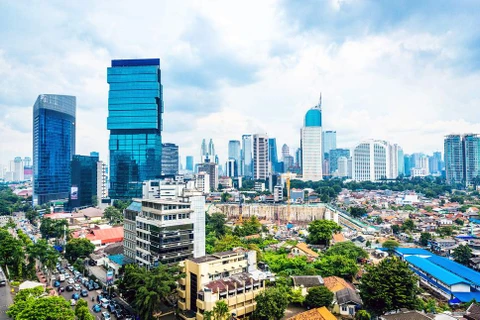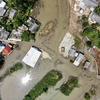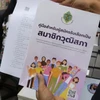Hanoi (VNA) – The central banks of Indonesia and the Philippines on September 27 decided to raise interest rates, following the similar move by the US’ Federal Reserve.
The Indonesian central bank, Bank Indonesia, decided to raise its seven-day reverse repo rate by 25 basis points to 5.75 percent, its fifth rise since May.
The hike extended the tightening cycle applied by the central bank with the total rate hike of 150 basis points since May 17, a move aiming at paring down the country’s capital outflows.
The capital outflows have slid rupiah about 9 percent against the US dollar this year, by far, standing at 14,910 per one USD after the lending rate hike on September 27.
The move came along with the government's policy to swiftly drift up import tariffs on over 1,000 items and put off construction of big infrastructure projects to bring down imports as well as extended usage of bio-fuel which is looked to edge off oil import.
The same day, the Bangko Sentral ng Pilipinas raised key interest rates for the fourth time this year as it aims to tame inflation that has spiked to a nine-year high and shore up its tumbling currency.
The central bank of the Philippines pumped the brakes this time with a 50 basis point hike to 4.5 percent, as worries grow that the nation's economy is overheating.
The country’s consumer prices hit a nine-year high to 6.4 percent in August, with some analysts warning the September data, due out next week, could top 7 percent.
The destruction wrought earlier this month by Typhoon Mangkhut, 2018's most powerful storm so far, is expected to further push up prices because of widespread damage to key agricultural areas.
The central bank also said the latest rate hike should help reduce further risks to inflation, including exchange rate volatility.
The Philippine peso has been hovering at 13-year lows, hitting 54.12 pesos per USD late on September 27.-VNA
























